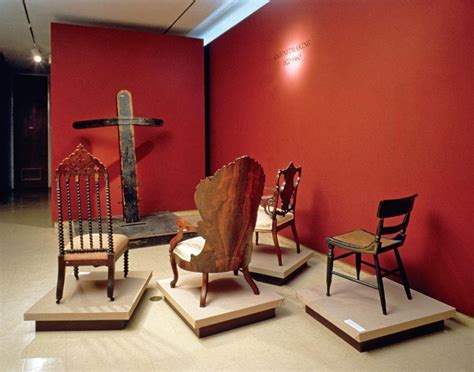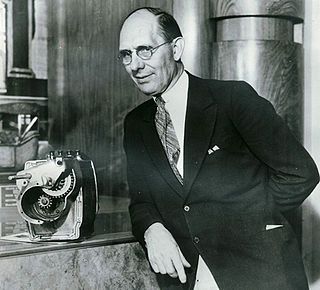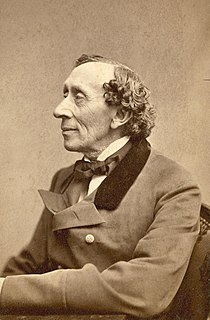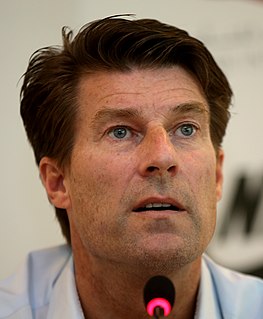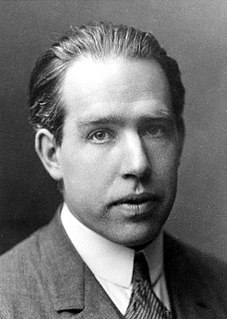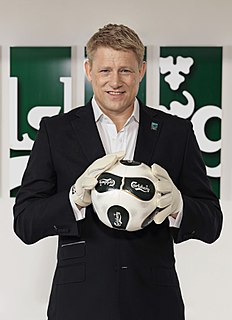Цитата Якоба Нильсена
Юзабилити правит сетью. Проще говоря, если клиент не может найти продукт, он или она не купит его.
Связанные цитаты
Исследование — это организованный метод попытки выяснить, что вы собираетесь делать после того, как не сможете делать то, что делаете сейчас. Можно также сказать, что это метод удержания покупателя в разумной степени неудовлетворенным тем, что он имеет. Это означает постоянное совершенствование и изменение, чтобы клиент был заинтересован в новом продукте настолько, чтобы купить его взамен того, который у него есть.
Вместо того, чтобы создавать эстетически приятную прозу, вы должны копаться в продукте или услуге, раскрывать причины, по которым потребители захотят купить этот продукт, и представлять эти аргументы в пользу продажи в тексте, который читается, понимается и на который реагируют — в тексте, который делает аргументы настолько убедительны, что покупатель не может не захотеть купить рекламируемый продукт.
Традиционные продажи и маркетинг предполагают увеличение доли рынка, что означает продажу как можно большего количества вашего продукта как можно большему количеству клиентов. Индивидуальный маркетинг включает в себя стремление к доле клиентов, что означает обеспечение того, чтобы каждый отдельный клиент, покупающий ваш продукт, покупал больше продукта, покупал только ваш бренд и был счастлив использовать ваш продукт вместо другого для решения своей проблемы. Истинная, текущая ценность любого отдельного клиента зависит от будущих покупок клиента по всем линиям продуктов, брендам и услугам, предлагаемым вами.
При неформальном введении некоторых концепций TeX будут сформулированы общие правила; впоследствии вы обнаружите, что правила не совсем верны. В целом, более поздние главы содержат более достоверную информацию, чем предыдущие. Автор считает, что эта техника преднамеренной лжи на самом деле облегчит вам усвоение идей. Как только вы поймете простое, но ложное правило, вам не составит труда дополнить это правило исключениями.
Иногда, когда я захожу в один из своих магазинов, я смотрю на витрину и говорю: «Это так хорошо выглядит — я хочу это купить». А бывает, что я захожу, а все витрины и манекены не те, и я не хочу ничего покупать. Когда клиент заходит в магазин, он ищет вдохновения. Так что я настроен на людей, и мне важно, что им нужно и кто они.

